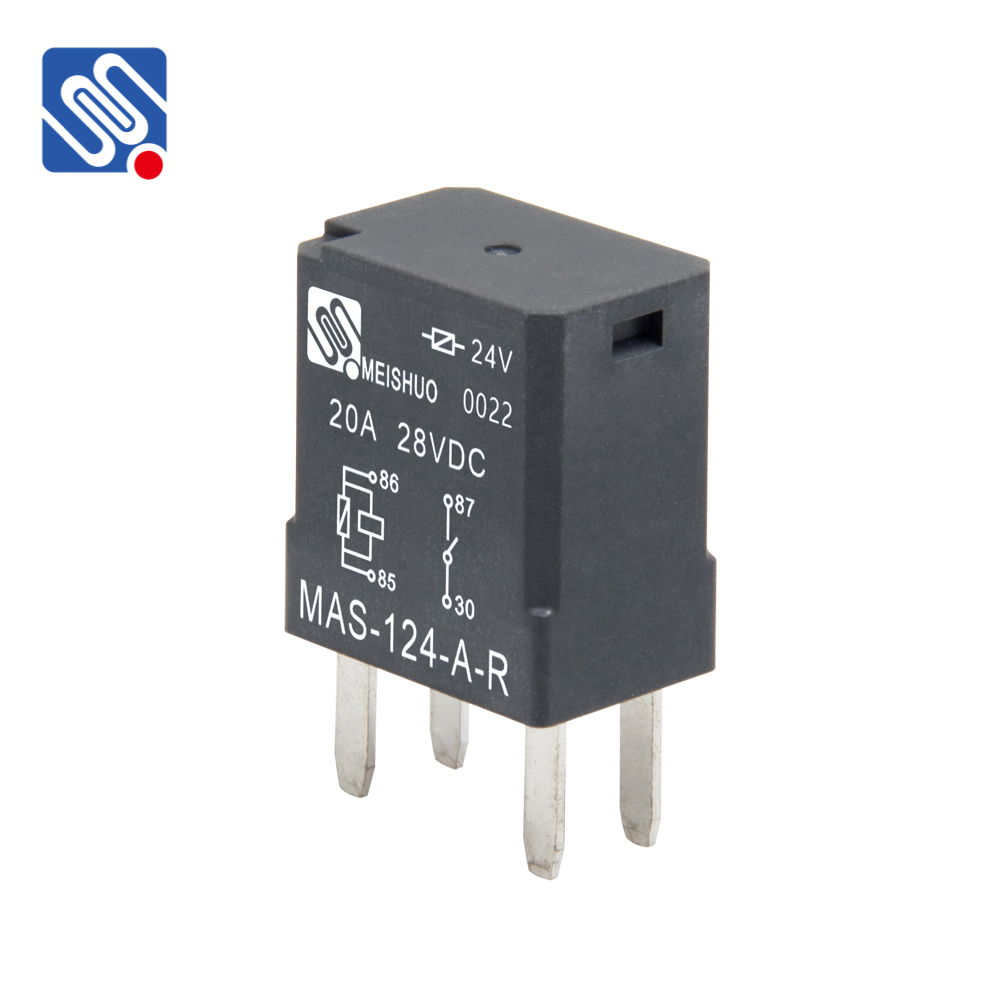understanding the 24v 30a relay: key features, applications, and considerations
Release time:2025-10-21 09:44:18
A 24V 30A relay is an essential component used in various electrical and electronic systems to control high-power devices. It plays a critical role in automating processes and ensuring safe and efficient operation in both industrial and domestic applications. In this article, we will explore the key features, applications, and considerations related to the 24V 30A relay, which operates at 24 volts DC and can handle up to 30 amps of current.

What is a 24V 30A Relay?
A relay is an electrically operated switch that allows a low-power electrical signal to control the operation of a higher-power circuit. The 24V 30A relay specifically refers to a relay designed to work with a 24V direct current (DC) power source and capable of switching electrical loads up to 30 amps. These relays are commonly used to control equipment such as motors, solenoids, and other high-current devices that require a switching operation without directly handling the high current.
The relay is composed of an electromagnetic coil, a set of contacts, and a spring mechanism. When the coil is energized by a 24V DC input, it creates a magnetic field that pulls the contacts together (in the case of a normally open contact) or pushes them apart (in the case of a normally closed contact), thus completing or breaking the circuit that controls the higher power load.

